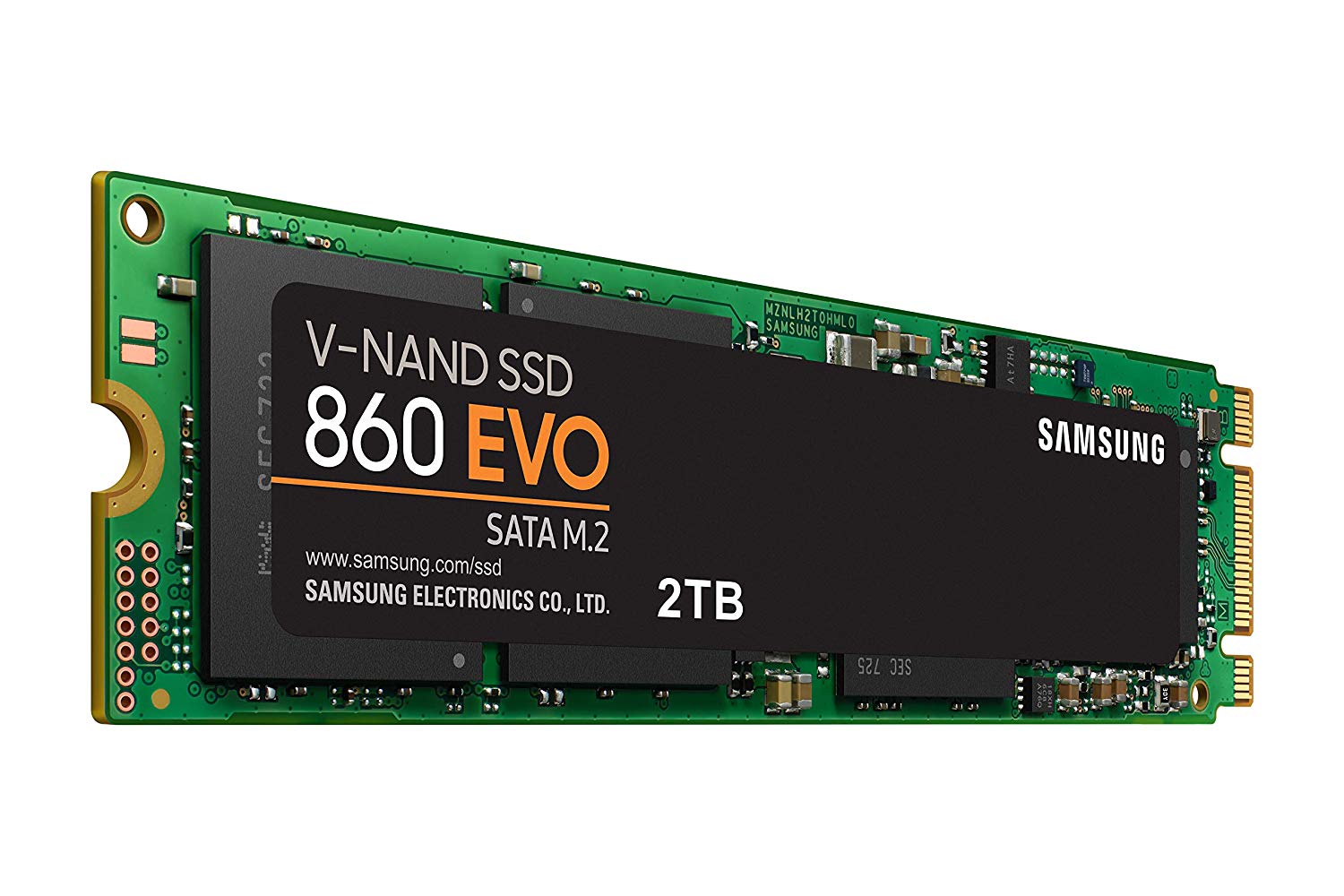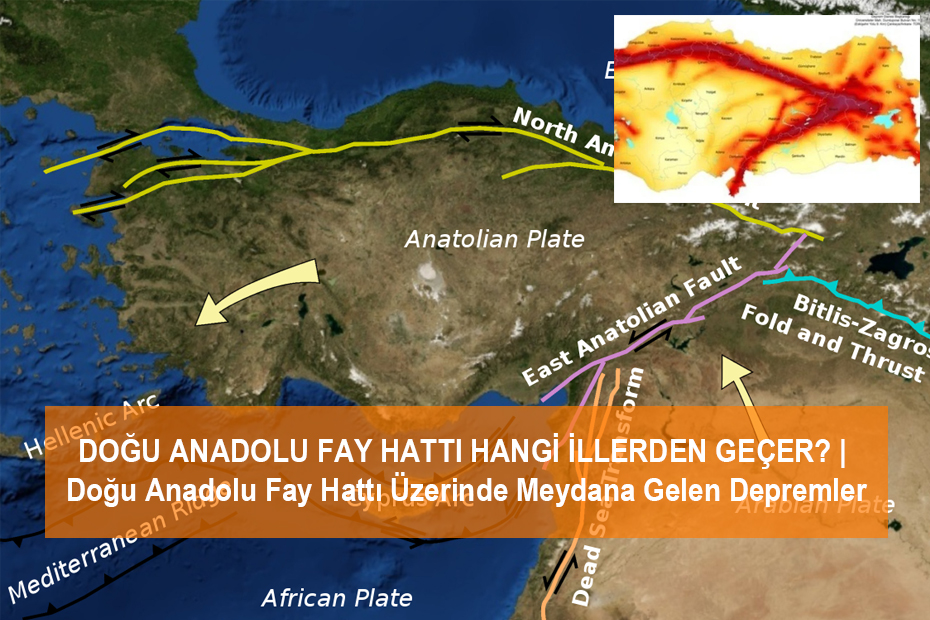SSD offering up to 10x faster speed ? So what is the difference between ssd and sata?
Using the new generation PCIe Gen 4×4 interface from ADATA, the new SSD offers users up to 10x faster speeds than SATA SSDs. Here are the features of the XPG GAMMIX S50 …
ADATA Technology, one of the manufacturers of high-performance DRAM modules, NAND Flash storage units and mobile accessories, unveiled the first M.2 2280 SSD model XPG GAMMIX S50 using the PCIe Gen 4×4 interface. Supporting the new generation PCIe Gen 4×4 interface as well as the NVMe 1.3 standard, the S50 is capable of reading up to 5000 MB per second and writing speeds of up to 4400 MB. With a capacity of up to 2 TB, the S50 incorporates many advanced technologies for data security and durability.
Supporting the latest motherboard models from both Intel and AMD, the S50 offers a stable PCIe Gen 4×4 interface that provides users with stable read speeds of up to 5000 MB per second and write speeds of up to 4400 MB. Produced with 3D NAND Flash chips, the GAMMIX S50 also offers high performance in terms of capacity, efficiency and durability.

The XPG GAMMIX S50 supports the newly introduced PCIe 4.0 interface as well as the previous generation PCIe 3.0 interface. But to take advantage of the enormous speed potential that allows the product to run up to 10 times faster than SATA SSDs, a motherboard that supports the PCIe Gen 4×4 interface is required. The S50 has an SLC cache and DRAM buffer, so it can reach 750K IOPS for reading and writing.
The aluminum heatsink above the GAMMIX S50 helps to reduce the temperature of the SSD by up to 10 degrees. This allows the S50 to offer maximum read and write performance even under long periods of load.
Utilizing the Low Intensity Parity Check (LDPC) error correction code technology, the S50 can detect and correct a wide range of errors. This ensures a more accurate data transfer and increases the lifetime of the SSD. In addition, the S50 supports end-to-end (E2E) encryption and RAID, and user data is always secure.

Difference between SATA I, SATA II and SATA III
What is the difference between SATA I, SATA II and SATA III?
SATA I (revision 1.x) is the first generation SATA interface running at 1.5 Gb / s, officially known as SATA 1.5Gb / s. The bandwidth supported by the interface reaches up to 150MB / s.
SATA II (revision 2.x) is the second generation SATA interface, officially known as SATA 3Gb / s, running at 3.0 Gb / s. The bandwidth supported by the interface reaches up to 300MB / s.
SATA III (revision 3.x) is the third generation SATA interface, officially known as SATA 6Gb / s, operating at 6.0 Gb / s. The bandwidth supported by the interface reaches up to 600MB / s. This interface is compatible with the SATA 3Gb / s interface.
SATA II features are compatible with SATA I ports. SATA III features are compatible with SATA I and SATA II ports. However, the maximum speed of the drive will be lower due to the lowest speed limit of the port.
For example: SanDisk Extreme SSD, which supports SATA 6Gb / s interface, and when connected to the SATA 6Gb / s port, achieves a sequential read and write speed rate of 550 / 520MB / s. However, when the drive is connected to the SATA 3Gb / s port, it achieves a sequential read and write speed rate of 285 / 275MB / s.














Comments